Photographer Matthew Porter certainly doesn’t have to worry about being pigeonholed.
Known primarily for his images of model muscle cars, Porter touches on nature, film and pop-culture icons, pre–World War II avant-garde movements, midcentury modernism, and even the Tasmanian tiger in his other work—and, in certain cases, almost all of the above compressed into one image.
“I’ve always wanted to have a really varied style. It’s something I’ve always been interested in, and I think to my benefit and also my determent certain things came to the surface,” Porter said referencing the muscle cars.
Although his collective work is varied, there are themes that run consistent within his projects. Sometimes simply having multiple themes or symbolic components is enough to call a body of work a “Porter.”
One thing consistent is Porter’s desire to put his mark on everything found in his images. For the muscle cars, that meant creating his own cinematic backgrounds he used throughout the series. “I had to photograph the cars in the studio, but for the backgrounds I’d go to New Mexico, find a hill … and I liked finding my own source material,” he said.
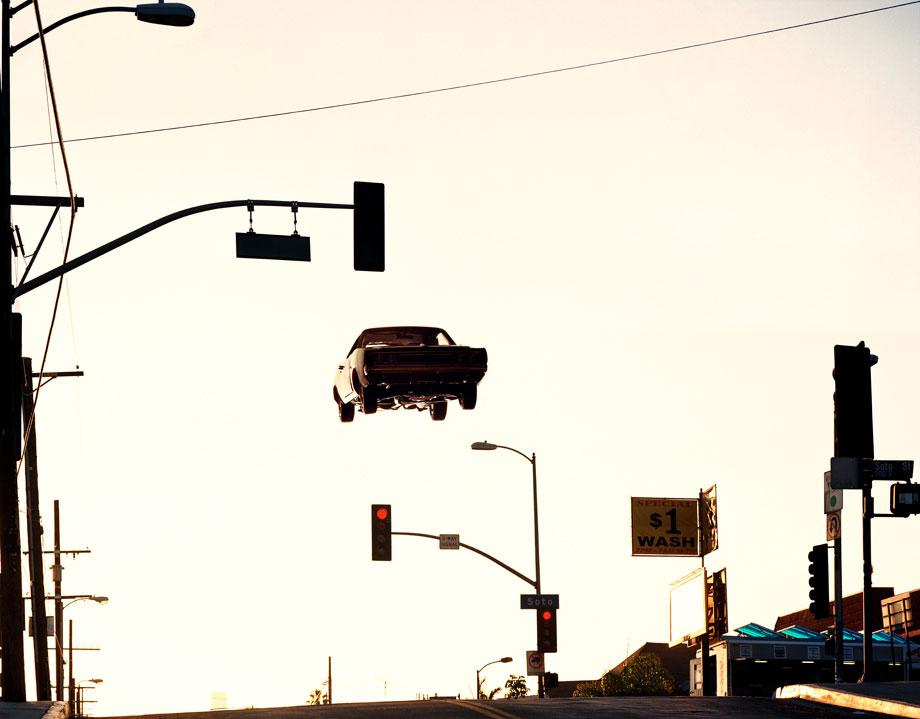
Matthew Porter
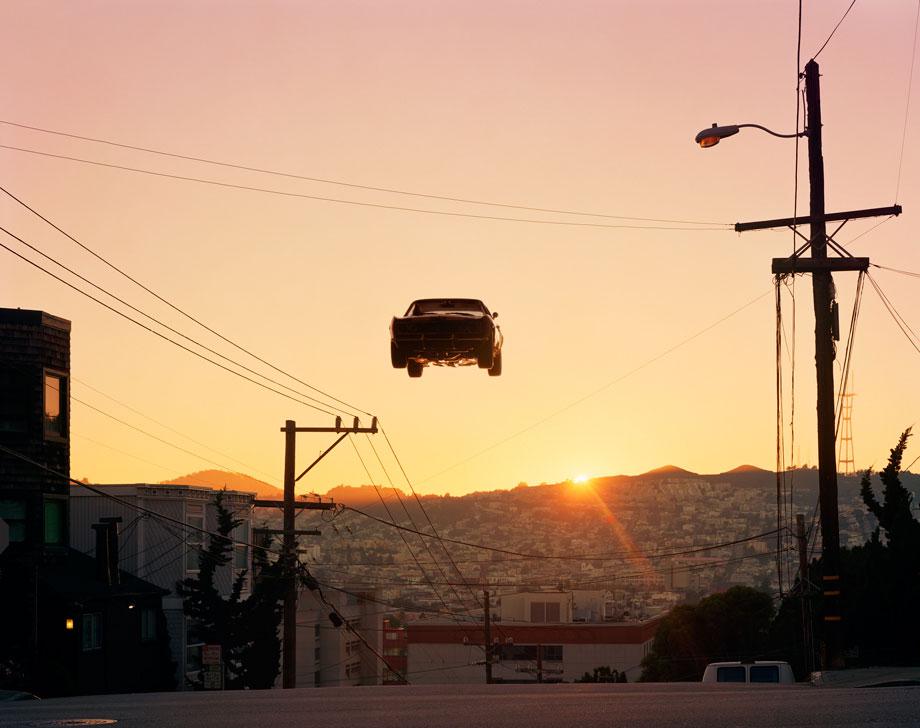
Matthew Porter
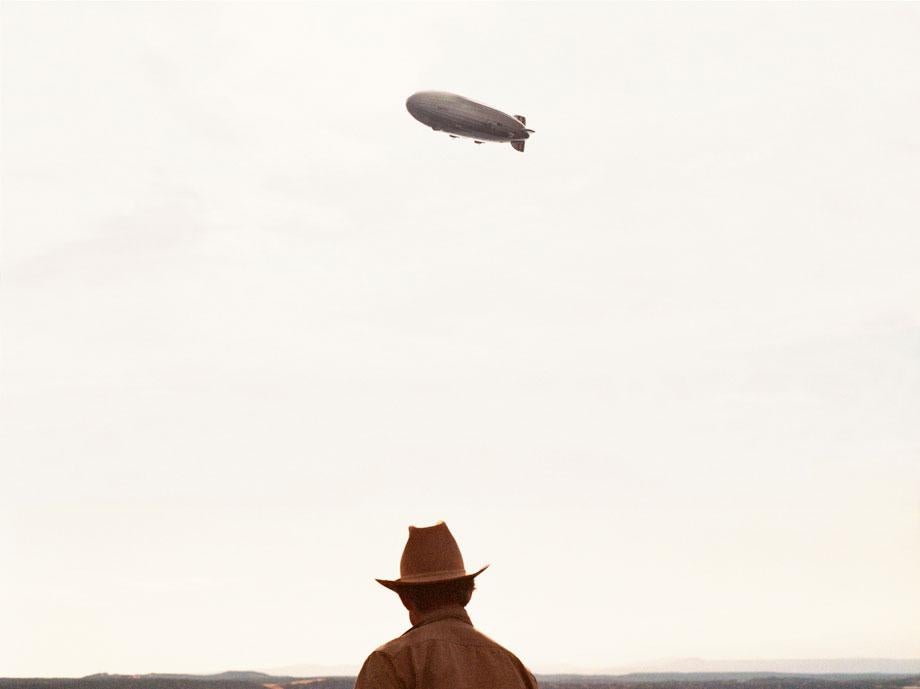
Matthew Porter
In that case, it was a way of incorporating photography both in and out of the studio. Porter isn’t necessarily tied to location, shoots both film and digital, and enjoys the blending of both old and new technology. “I get excited about thinking about how you collapse as many topics as possible in the frame… photography is a good place (to do that), where the dinosaurs and caveman or cowboys and zeppelins can coexist in one image,” he said.
Porter applies that philosophy when making images of things that no longer exist, such as his work on the Hindenburg. “There isn’t one I can photograph, so I used technology to solve that problem,” he said. Or when he was inspired to restage iconic Jane Fonda images. Porter said he chose to make iconic portraits of Fonda because he was interested in the “decades of her life where she reinvented herself.”

Matthew Porter
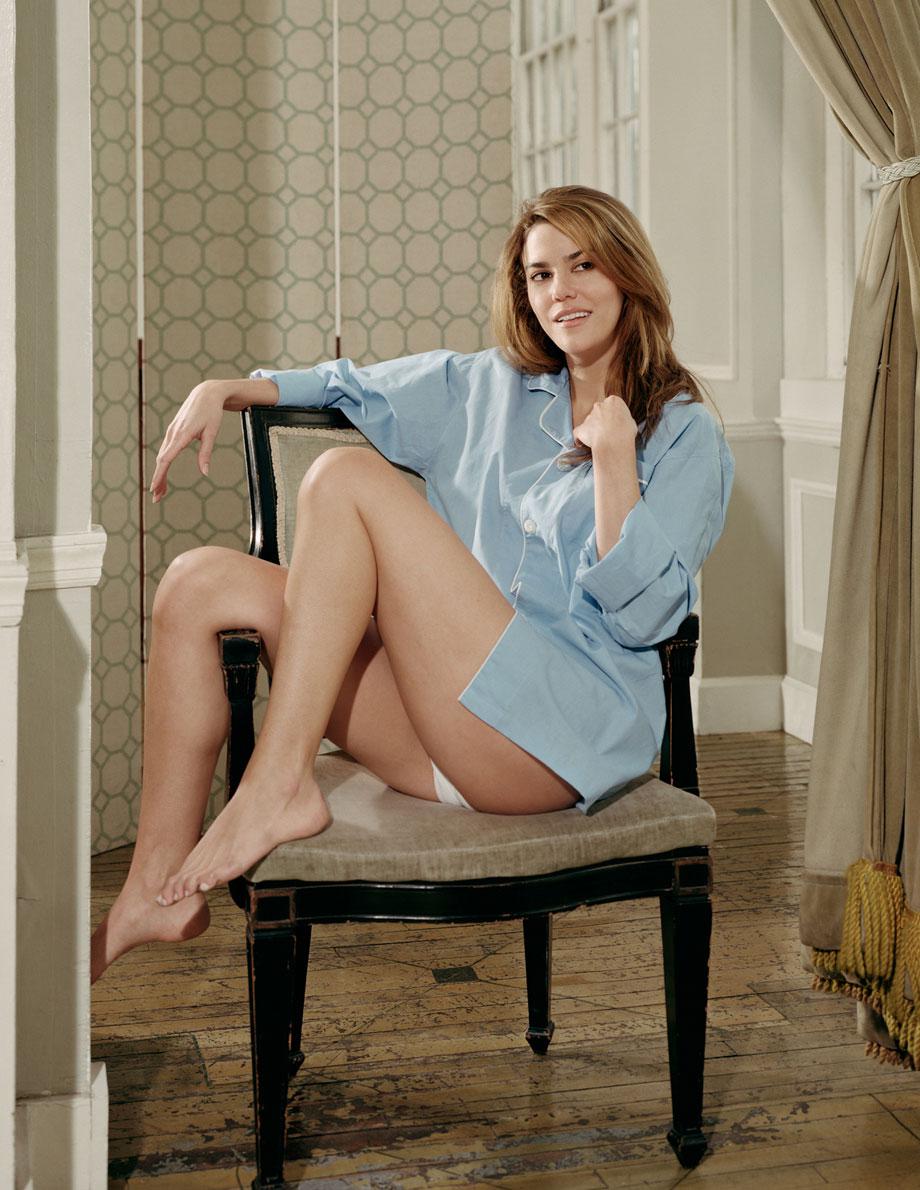
Matthew Porter
For his newest work, Porter is going after multiple-exposure imagery shot with film in his studio. Although he had been using multiple elements in his previous work, he wanted to collapse all of his ideas into one frame. Some of those ideas include Stuart Davis paintings, Arne Jacobson chairs, Navajo Saddle blankets, and soil he brought back from Tasmania, where he believes the remains of the now-extinct Tasmanian tiger (or Thylacine) are contained.
Each of those elements or influences can be found in his work “Isle of Mountains,” part of his new series that borrows from “the utopian idealism of the pre war avant-garde … being eclipsed by midcentury modernism,” Porter explained.
Porter admits finding a way to describe his work can be complicated, saying even he has a hard time writing a concise artist statement about the new work. Still, it’s all part of a vision that has made his body of work both unique and varied, something Porter has strived to achieve.
“I’ve always wanted to create an exhibition that looks like a group show,” Porter said. “So you would walk into the space and for a second think there were a bunch of images by different artists.”
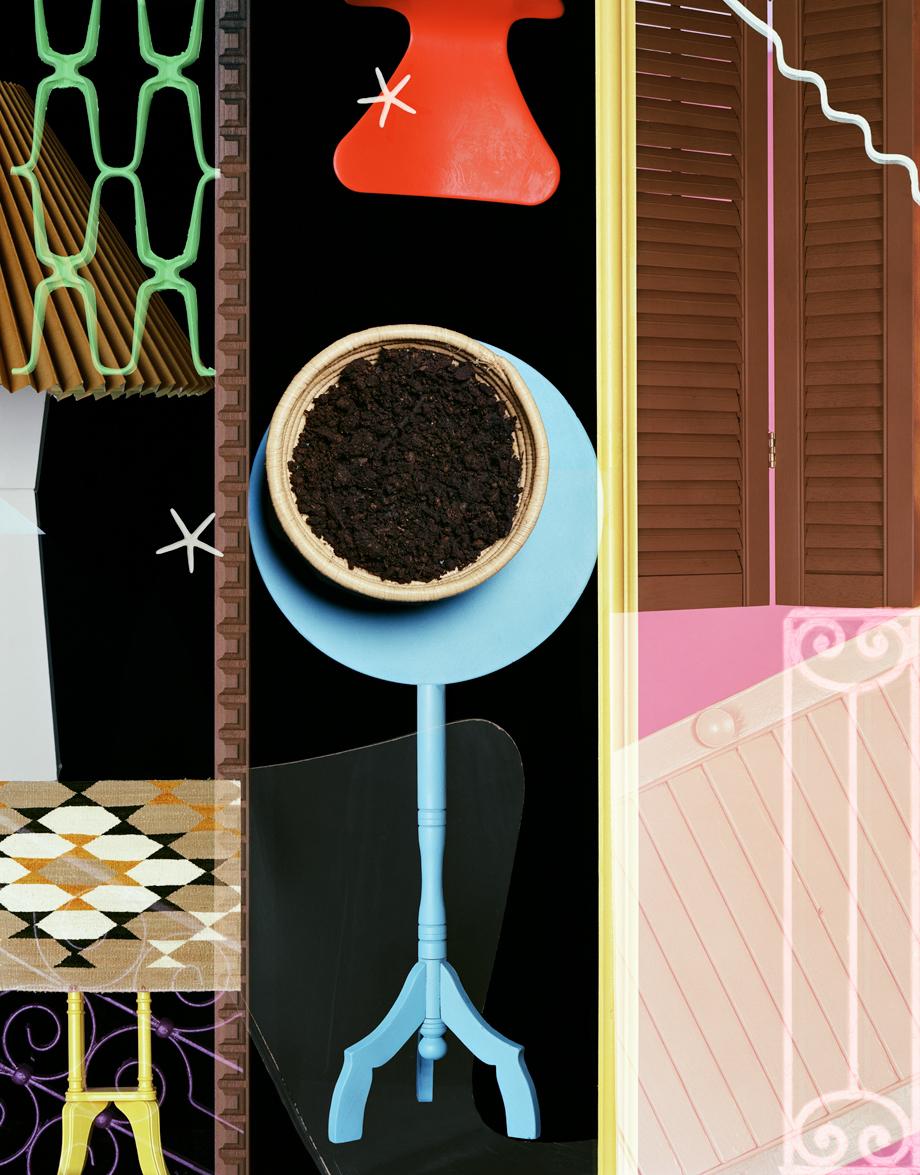
Matthew Porter

Matthew Porter
